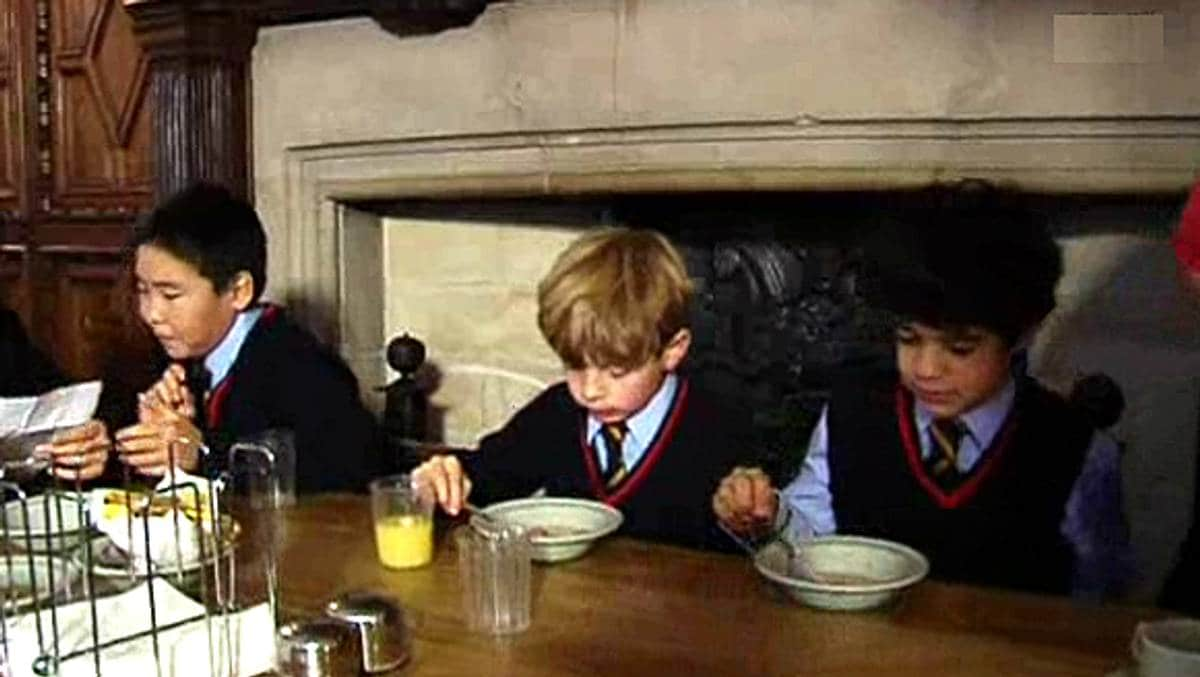A video produced by the Directorate of Health will illustrate the confusion faced by the general practitioner when patients are allowed to explain themselves freely. The video was criticized in an Aftenposten article.
Our intention was not to portray patients as stupid. We have decided to no longer use video in our work.
GPs Øyvind Stople Sivertsen and Elisabeth Stura believe that an information video for GPs produced as part of the project “Sorting solution for GP surgeries”, presents a bewildering picture of the patients. They talk about it in the column “Don’t underestimate the patients!” at Aftenposten on August 25.
The Norwegian Directorate of Health has great respect for patients, their experience and their knowledge of their own health. We also have great respect for the experience and expertise of GPs and Health Secretaries in setting priorities correctly in hectic everyday life.
Our intention was to involve general practitioners in the project using a humorous film as a means of action. The Department of Health regrets that the trial of the use of humor turned out badly. Our intention was not to portray patients as stupid, and there is no doubt that we take their needs extremely seriously.
Feedback from Sivertsen and Stura is important for our own quality work. The Norwegian Directorate of Health listens to feedback and we take it very seriously. We have therefore decided not to use video further in our work with a triage solution for GP practices.
Help with priorities
Today, the GP scheme faces several challenges. Doctors report a heavy workload. Electronic consultations have seen a sharp increase in recent years and last year accounted for around 22 percent of the total number of consultations for general practitioners.
The heavy workload of GPs means that it is important to set priorities in order to provide the best possible healthcare. Among other things, there is a need to better sort and prioritize digital demands. It is in this context that the mission of developing a triage solution in the general practitioner’s office falls within.
The triage solution is a tool for selecting the form of consultation and prioritizing based on the request received. It was developed in close collaboration with test offices (generalist offices). In England they have come a long way in using yard solutions.
A digital triage solution can help ensure more appropriate use of the generalist service.
The goal is not to suppress the good general medical conversation that starts with an open-ended question, but to help the GP prioritize which patients need more time and which patients don’t need it for a problem current.
This can contribute, to a greater extent than today, to sorting and prioritizing requests according to their urgency. In addition, it can allow the general practitioner and the patient to better prepare for the consultation thanks to the information provided by the patient during the triage.
Better prepared patients
The chronicle points out several important elements that must be present to create a good consultation with the general practitioner.
Over the past two years, five medical practices have tested the triage solution and continuously contributed to its adaptation to the daily life of general practitioner practices. Prospecting work aimed at patient users of the tool was also carried out.
External evaluations of the project have been carried out along the way. The results indicate that a triage solution gives the doctor access to useful information before the consultation. Patients are better prepared and better understand their condition. Documentation work has in some cases become more efficient.
At the same time, it appears necessary to improve the solution. Work is underway to further develop the project in accordance with the experience gained.

“Tv guru. Analyst. Lifelong alcohol junkie. Friendly bacon specialist. Twitter nerd.”







